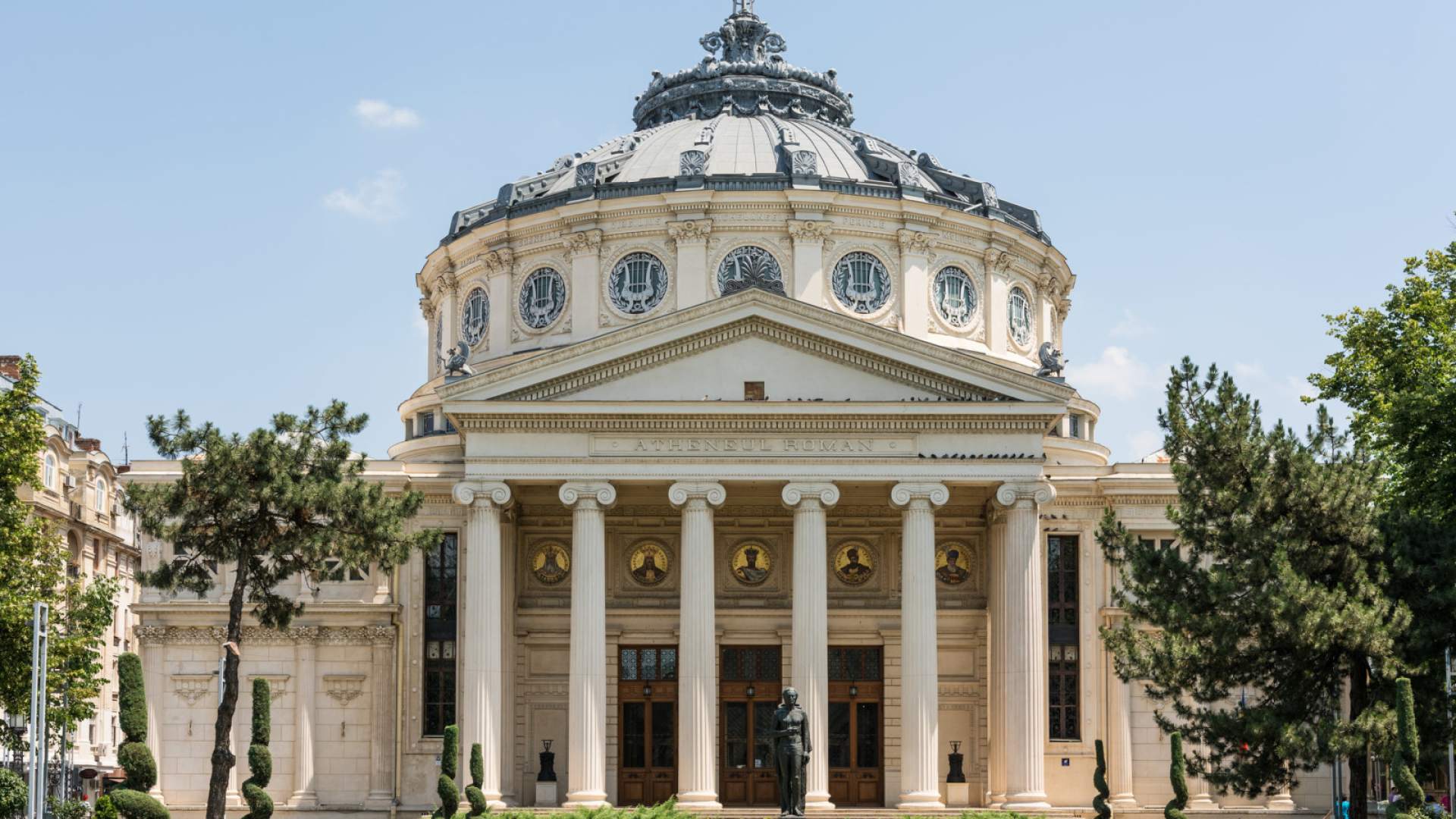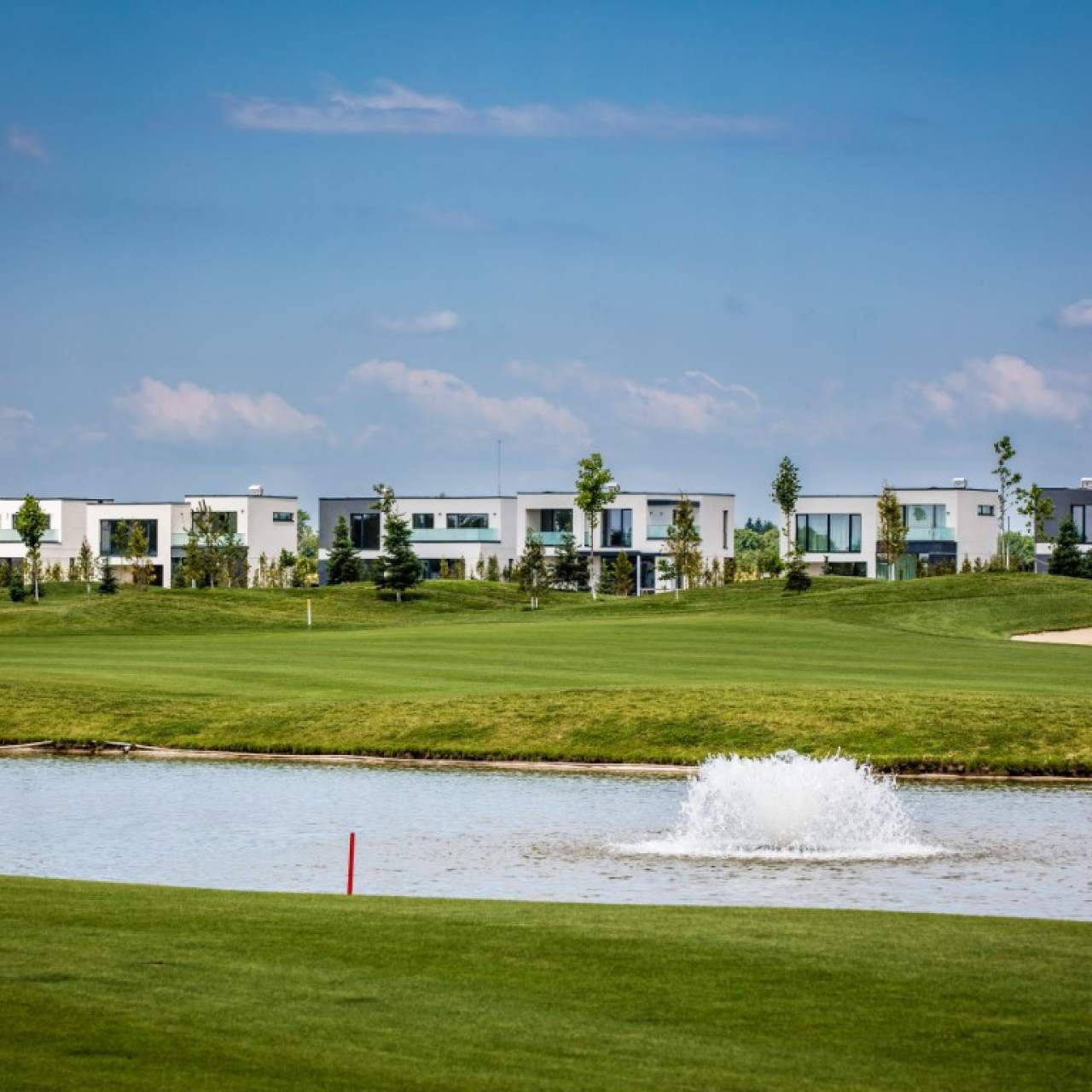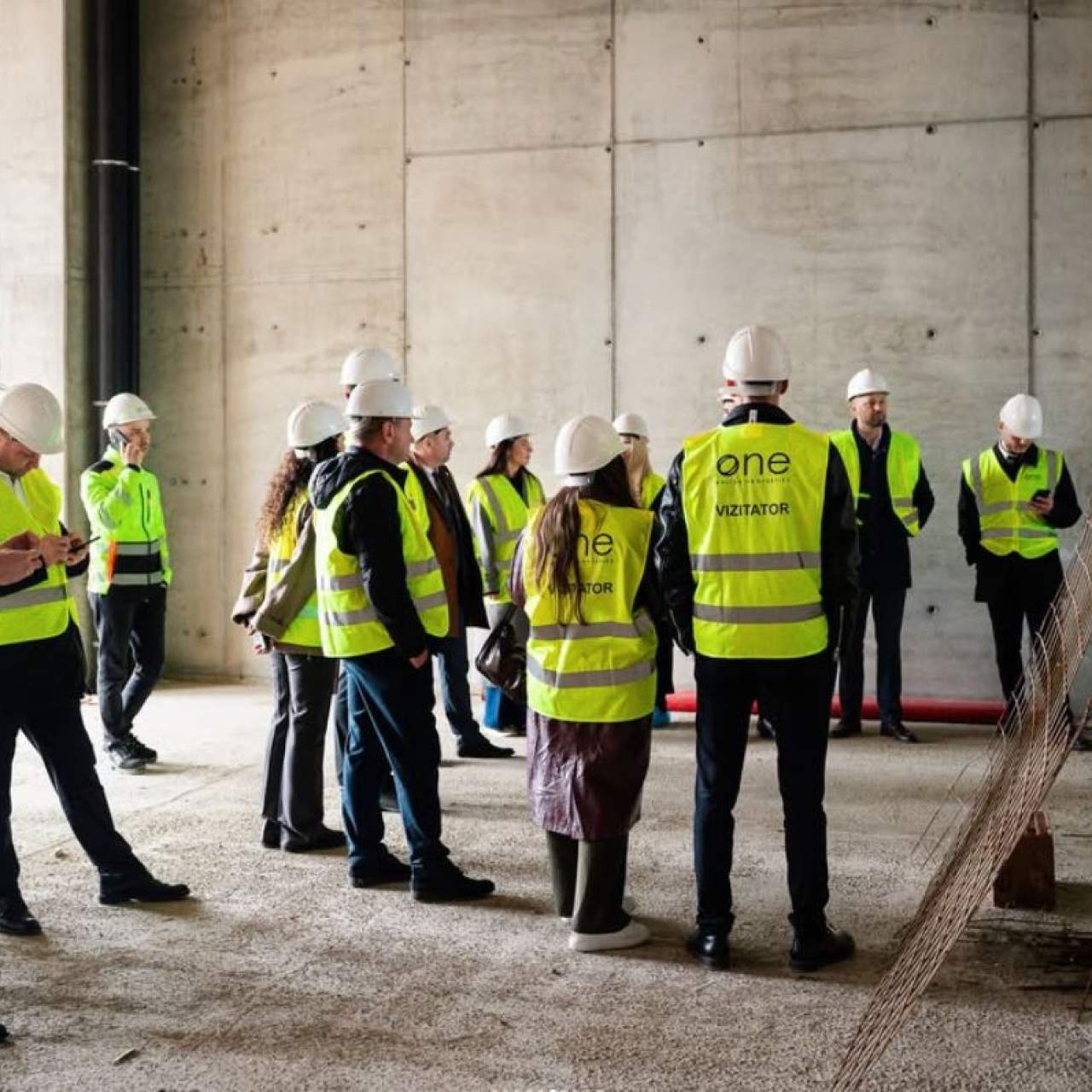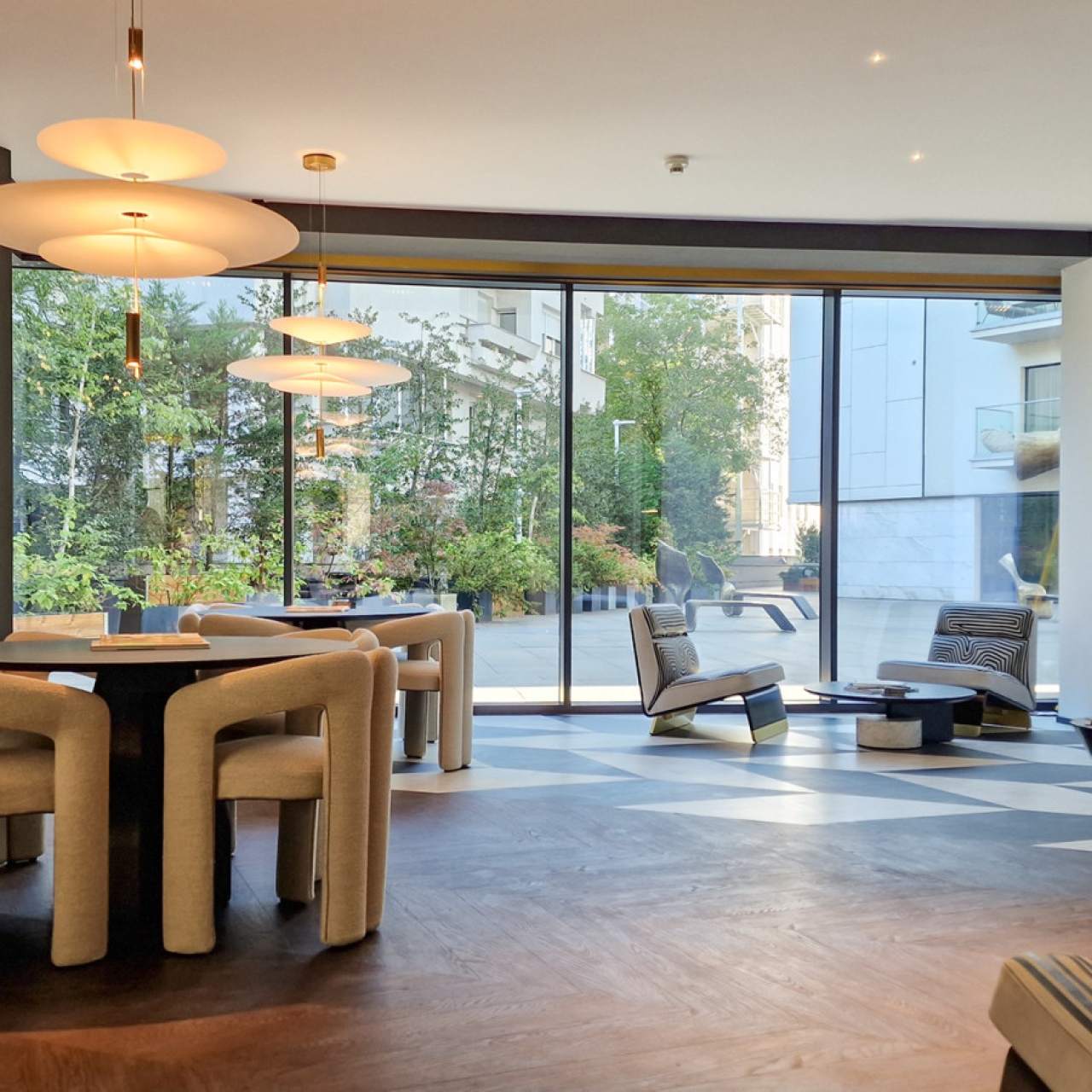
Emblematic buildings of Bucharest (part II)
We continue the series of the emblematic buildings of old Bucharest with five monuments that arouse, for many of us, the nostalgia of times that we can only imagine through the architecture of the past centuries.
Romanian Athenaeum
For many years, the fundraising campaign that secured its financing will remain in the collective memory of Romanians, as it was carried out among the people in the form of a national lottery. Inaugurated on February 14, 1888, after two years of work, it bears the signature of the French architect Albert Galleron, who was recommended to take over the project by Charles Garnier, creator of the famous Parisian opera that bears his name. The eight columns of the building have similar proportions to those of the Erechteion temple on the Acropolis hill, remembering the Ionic temples. The greatness of the exterior is also given by the dome around which were engraved the names of several important Romanian personalities, such as Gheorghe Șincai, Dimitrie Cantemir, and Ion Heliade Rădulescu. The dome's top is the highest point of the 41-meter building. The porch hides five mosaic medallions, through which five of the most important Romanian rulers were depicted: Neagoe Basarab, Alexander the Good, King Carol I of Romania, Vasile Lupu, and Matei Basarab. The interior is just as spectacular, the concert hall counting almost 800 seats, of which 600 on the ground floor, and the rest spread over the 52 lodges. Above the lodges lies a fresco depicting 25 key moments in the country's history, made by the painter Costin Petrescu. Since 2004, the Athenaeum has been part of the European Heritage List.
"George Enescu" National Museum
The next objective takes us, virtually, to Calea Victoriei, known in the past as Mogoșoaiei Bridge. It is the “George Enescu” National Museum opened in 1955 in one of the most beautiful palaces of the Capital: The Cantacuzino Palace. It hosted many events that gathered the most important families. The building was developed by Gheorghe Grigore Cantacuzino (nicknamed Nababul), an important political figure in Bucharest in the 1900s. The plans for the palace were made by a famous architect of the time, Ioan D. Berindei, the construction being completed in 1903, two years after the works began. In terms of architectural styles, the Beaux-Arts predominates, but some rooms are arranged in neo-rococo style. The facade of the palace was enriched with numerous carved decorations, next to which was placed, above the entrance, the coat of arms of the Cantacuzino family. The lions at the entrance, but also the imposing gates are reminiscent of the noble history of the building. The decoration of the building was made with the help of several well-known artists: Nicolae Vermont, Costin Petrescu, George D. Mirea, and Emil Wilhelm Becker, and included the creation of murals, sculptures, but also interior ornaments, reflected in the chandeliers, lamps, stained glass, and tapestries. At the death of G. G. Cantacuzino, the palace became the property of his son, Mihai G. Cantacuzino, and his daughter-in-law, Maria (her maiden name was Rosetti-Tescanu), who would marry, after the death of her husband, George Enescu. The two turned the annex behind the palace into a residence. When the great composer died, in 1955, Maria decided that the palace and the annex should be transformed into a museum, respectively a memorial house, dedicated to his memory.
Crețulescu (Kretzulescu) Palace
Built in neo-Gothic style, Creţulescu Palace was built by Elena Kretzulescu on the site of the house inherited from her parents, entrusting the project to the architect Petre Antonescu. Work began in 1902 and lasted two years. The ornamentation of the building was made with the help of railings, arches, and pediments, but not missing the medieval-style towers. Creţulescu Palace was bought in 1927 by the Capital City Hall, which set up the Museum of Religious Art. Subsequently, the building served as headquarters for various institutions. Renovated in 2003, today the palace is in the portfolio of the Ministry of Education.
Theodor Aman Museum
Known as the first house workshop of a Romanian artist, Theodor Aman Museum was inaugurated in 1908, right in the artist's residence. The steps were taken by his wife, Ana, who followed the painter's wish. The exterior decorations of the building were created, with the help of the Romanian sculptor of German origin Karl Storck, by Theodor Aman himself, who personally made the plans for the entire building. Every detail of the home, both inside and outside, is an expression of his vision. However, the artist turned to the entrepreneur Fr. Scheller for the actual construction and arrangement, the works being completed in 1869. The interior was decorated with murals, stained glass, decorative paintings applied to doors, paneling, and carved furniture. Theodor Aman chose to use elements inspired by the neoclassical and renaissance architectural styles, which left their mark especially on the northern and eastern facade of the building while using the neo-Gothic style to design the most important room: the workshop. Here, the artist would work until his death in 1891. Today, the museum is a historical monument and houses a valuable collection of works signed by Theodor Aman. It brings together 165 oil paintings on canvas and wooden panels, numerous graphic works, and several sculptures.
Monteoru House
Included on the list of historical monuments of the Capital, Monteoru House is one of the most beautiful private residences of 19th century Bucharest. The building belonged to the politician and businessman Grigore Constantinescu-Monteoru, who after buying the house decided to completely change its image with the help of architects Ion Mincu and Nicolae Cuțarida. In the interior decoration, the French electric style was approached, Nicolae Cuțarida using painted stucco ceilings, paneling, and an imposing staircase. Between 1952 and 2013, the building was used as the headquarters of the Romanian Writers' Union.
Data for this article was obtained from: georgeenescu.ro, editiadedimineata.ro, muzeulbucurestiului.ro, fge.org.ro și wikipedia.org. Photo credit ©radub85/123RF.COM.
Inspired by the article?
Explore apartments in neighborhoods worth discovering:


